Saudi Arabia world’s largest arms importer, mainly from US, in past 5 years: SIPRI
Saudi Arabia has been the world’s largest arms importer over the past five years and has boosted by 130 percent its major arms imports, a study by the Stockholm International Peace Research Institute (SIPRI) shows.
The results of the study, published on Monday, also showed that the Riyadh regime accounted for 12 percent of global arms imports during the period from 2015 to 2019.
"Arms imports by countries in the Middle East increased by 61 per cent between 2010–14 and 2015–19, and accounted for 35 per cent of total global arms imports over the past five years. Saudi Arabia was the world’s largest arms importer in 2015–19. Its imports of major arms increased by 130 per cent compared with the previous five-year period and it accounted for 12 per cent of global arms imports in 2015–19," the report said.
SIPRI added that despite continuation of the Saudi military aggression against its southern neighbor, "...both the USA and the UK continued to export arms to Saudi Arabia in 2015–19."
“A total of 73 percent of Saudi Arabia’s arms imports came from the USA and 13 percent from the UK,” the report added.
In March 2015, Saudi Arabia, with the help of a number of its allies, particularly the United Arab Emirates (UAE), launched the brutal campaign against Yemen, whose former President Abd Rabbuh Mansur Hadi had fled to Riyadh a few months earlier after stepping down the previous year.
The Saudi-led campaign, code-named Operation Decisive Storm, was launched to achieve two main objectives: bringing Hadi, a staunch ally of Riyadh, back to power, and crushing the Houthi Ansarullah movement, whose fighters have proved to be of significant help to the Yemeni army in defending the Arab country against the invaders since the onset of the imposed war.
The US-based Armed Conflict Location and Event Data Project (ACLED), a nonprofit conflict-research organization, estimates that the war has claimed more than 100,000 lives over the past nearly five years.
Elsewhere in its report on Monday, SIPRI said the UAE, which has also been militarily involved in Libya, was another huge importer of arms, making it “the eighth-largest arms importer in the world in 2015–19.”
“In 2019, when foreign military involvement in Libya was condemned by the United Nations Security Council, the UAE had major arms import deals ongoing with Australia, Brazil, Canada, China, France, Russia, South Africa, Spain, Sweden, Turkey, the UK and the USA,” it added.
Since 2014, Libya has been split between two seats of power: the internationally-recognized government, which is supported by the UN, and another group based in the eastern city of Tobruk, supported militarily by rebel forces, collectively known as the ‘Libyan National Army’ (LNA), under the command of renegade General Khalifa Haftar.
Abu Dhabi fully supports Haftar, who in April last year launched a deadly offensive to capture the capital Tripoli, the seat of the legitimate government.
SIPRI also revealed that the US had increased its total share of global arms exports to 36 percent from 2010 to 2019 through exporting major arms, adding that in the 2015-19 period its arms exports were 76 percent higher than those by Russia, the world’s second-largest arms exporter.
“Half of US arms exports in the past five years went to the Middle East, and half of those went to Saudi Arabia,” said Pieter D. Wezeman, Senior Researcher at SIPRI, noting that major arms transferred from the US had gone to a total of 96 countries.
The Sweden-based research institute also said France witnessed its highest level of arms exports for any five-year period since 1990 as it exported 7.9 percent of the total global arms exports in 2015-19, showing a 72-percent jump compared to those of the 2010-14 period.
“The French arms industry has benefited from the demand for arms in Egypt, Qatar and India,” said Diego Lopes Da Silva, a SIPRI researcher.
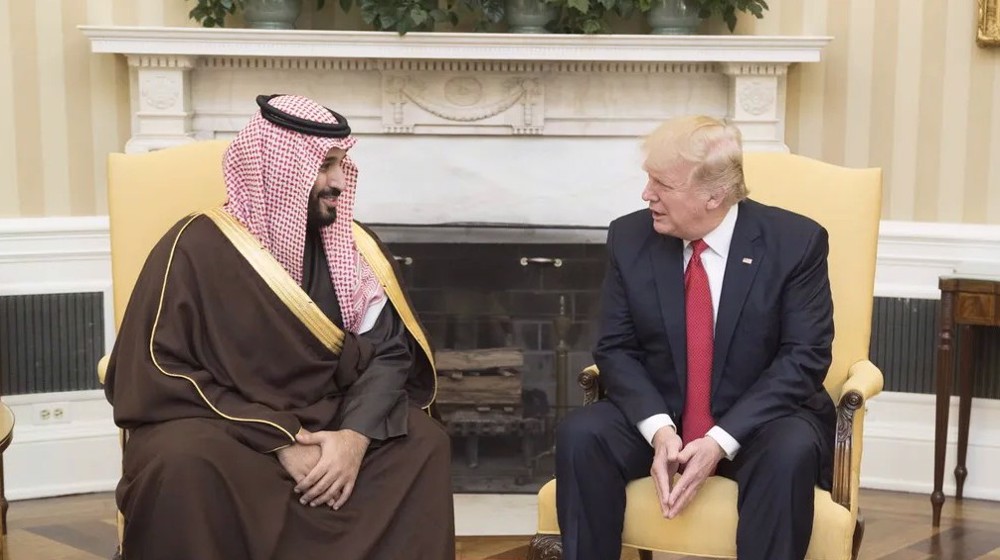
Trump poised to sell arms worth $100 billion to Saudi Arabia: Report
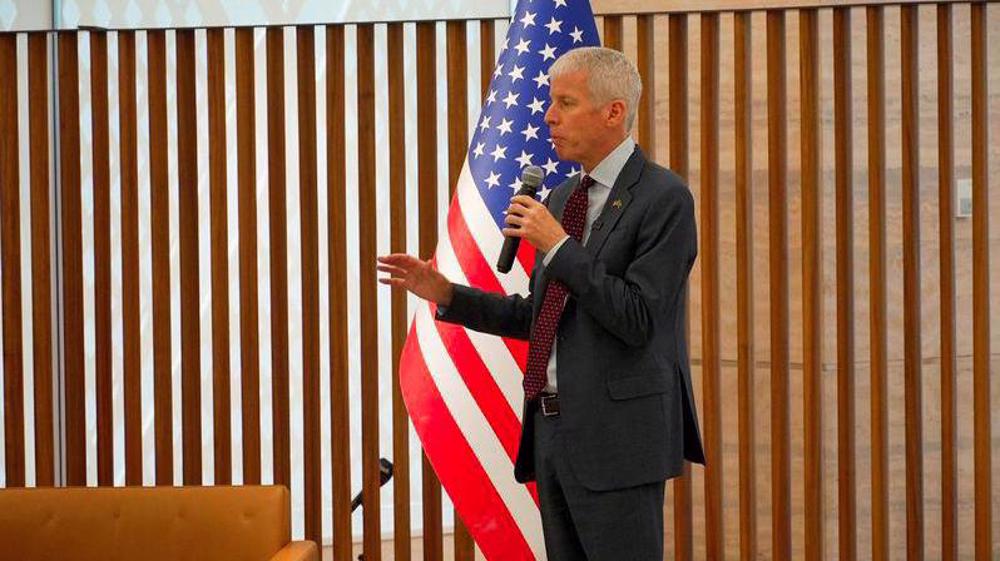
Saudi Arabia, US to sign agreement on civil nuclear program: Energy secretary
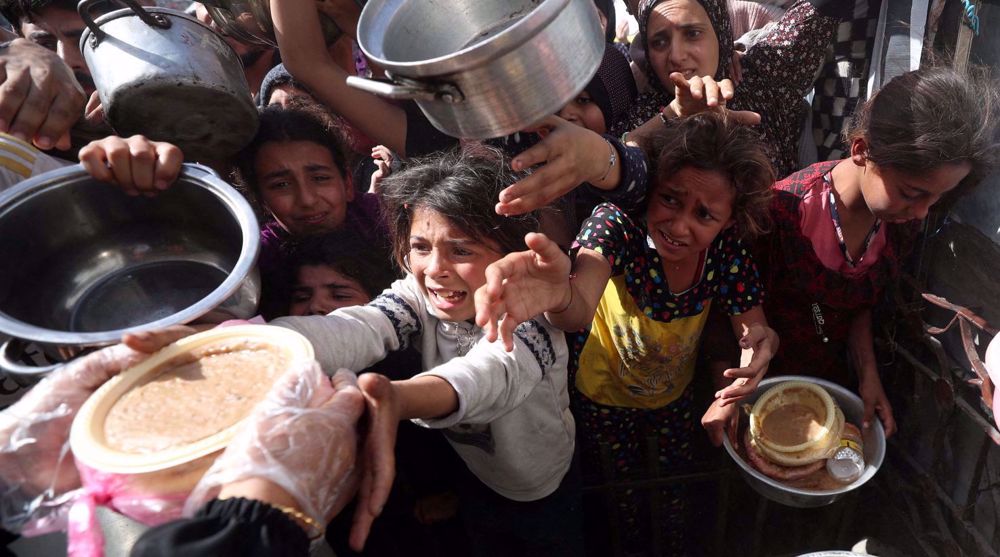
Saudi Arabia calls for 'maximum pressure' on Israel as UN warns of ‘longest Gaza blockade’
Iran summons Dutch envoy over 'baseless' accusations against Tehran
VIDEO | Press TV's news headlines
India, Pakistan exchange fire as UN calls for 'maximum restraint'
Iran condemns Israeli attacks on Gaza tents as 'clear proof of war crime'
Syria’s HTS seeks normalization with Israel, Jolani writes to Trump
Iranian FM Araghchi heads to Muscat for indirect talks with US
Trump Ukraine mediation muddle
US nuclear weapons costs projected to soar to $946 billion










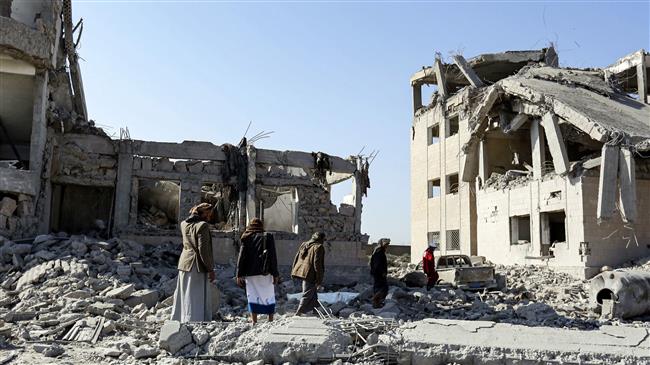
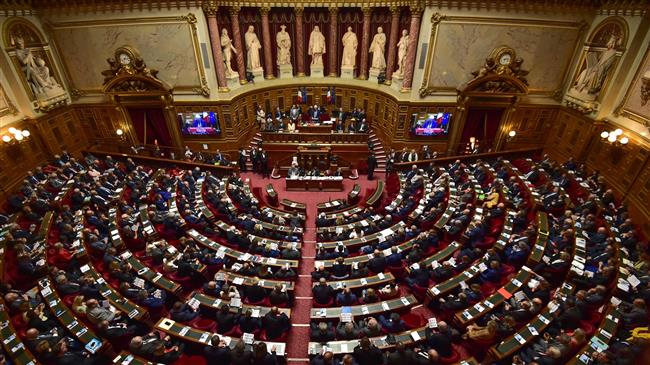



 This makes it easy to access the Press TV website
This makes it easy to access the Press TV website